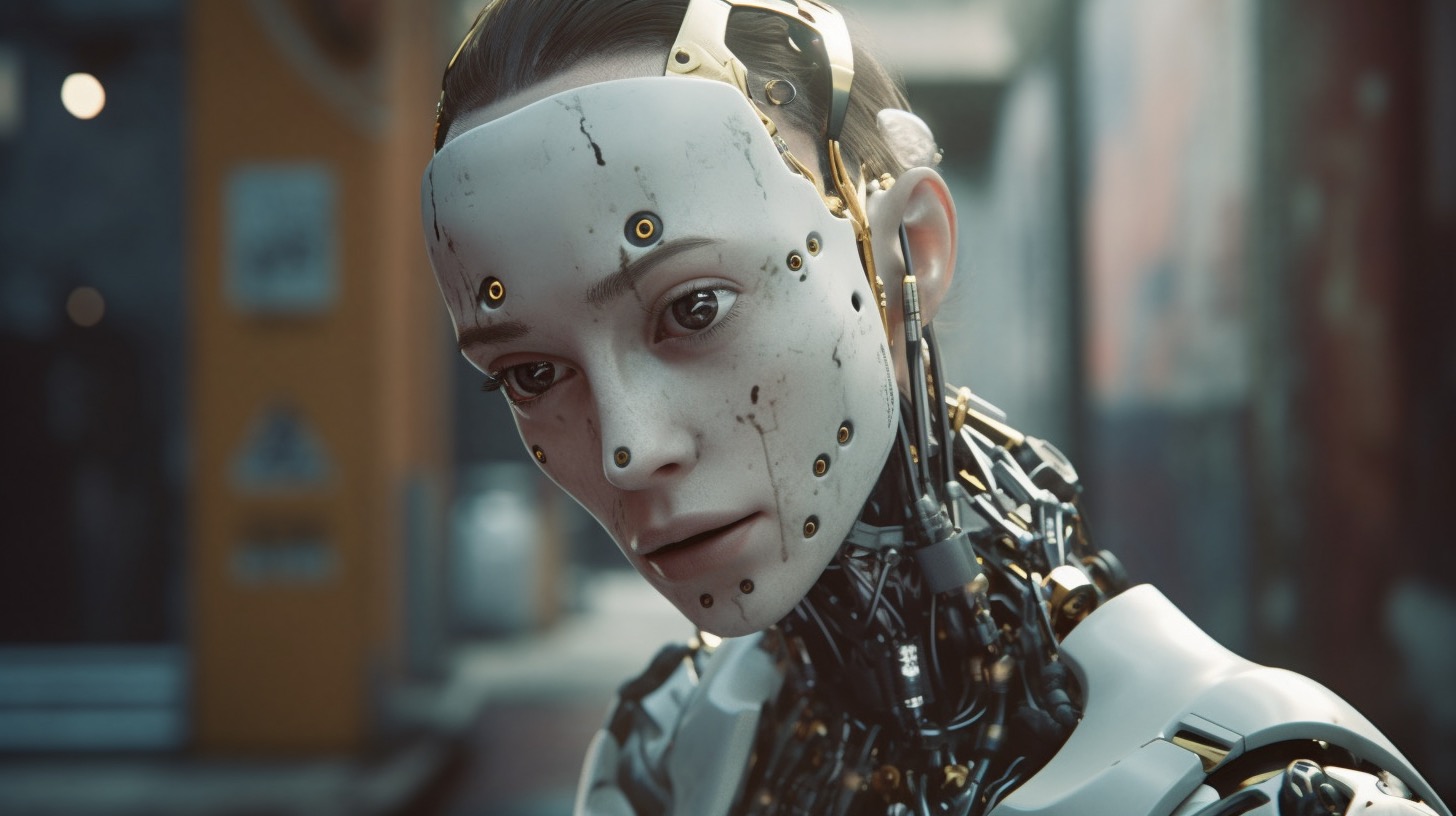Summary: The world of artificial intelligence (AI) has made significant advancements in imitating humans and generating awe-inspiring images. This article delves into the various methods employed by AI systems to create visual content that captivates audiences.
Generative Adversarial Networks (GANs):
One prominent method utilized by AI to generate images is through Generative Adversarial Networks (GANs). GANs consist of two neural networks, a generator and a discriminator. The generator creates new images, while the discriminator evaluates and provides feedback on the generated images. By working together, these networks enhance the generator’s ability to create realistic images. GANs have been used for a myriad of applications, including image-to-image translation, data augmentation, and style transfer.
Variational Autoencoders (VAEs):
Another method employed by AI to generate images involves Variational Autoencoders (VAEs). VAEs consist of an encoder network and a decoder network. The encoder maps the input image to a latent space, while the decoder maps the latent space back to the input image. Through training, VAEs minimize the difference between the input and reconstructed image, and learn a probabilistic distribution over the latent space. By sampling a latent code, VAEs can generate new images that resemble the training data or even create unique images.
Convolutional Neural Networks (CNNs):
Convolutional Neural Networks (CNNs) are widely used in image processing tasks and have found utility in image generation. These networks detect patterns and structures in images, which enable the generation of new images based on learned features. CNNs consist of convolutional layers, pooling layers, and fully connected layers to generate predictions. By inputting a random noise vector, CNNs utilize their layers to generate new images that resemble the patterns and structures of the training data.
Recurrent Neural Networks (RNNs):
Recurrent Neural Networks (RNNs) hold great potential in generating images by processing sequential data such as text or time-series data. With their ability to capture temporal dependencies, RNNs can learn the sequencing of pixels in images and subsequently generate new pixel sequences to create unique images. By initializing the pixel state and applying a recurrent loop, RNNs use nonlinear activation functions to generate new images with desired lengths.
In conclusion, AI employs an array of techniques like GANs, VAEs, CNNs, and RNNs to harness the power of image generation. By understanding these methodologies, we gain insight into the intricate artistry orchestrated by AI systems, resulting in the potential for endless creativity and innovation.
The source of the article is from the blog agogs.sk

